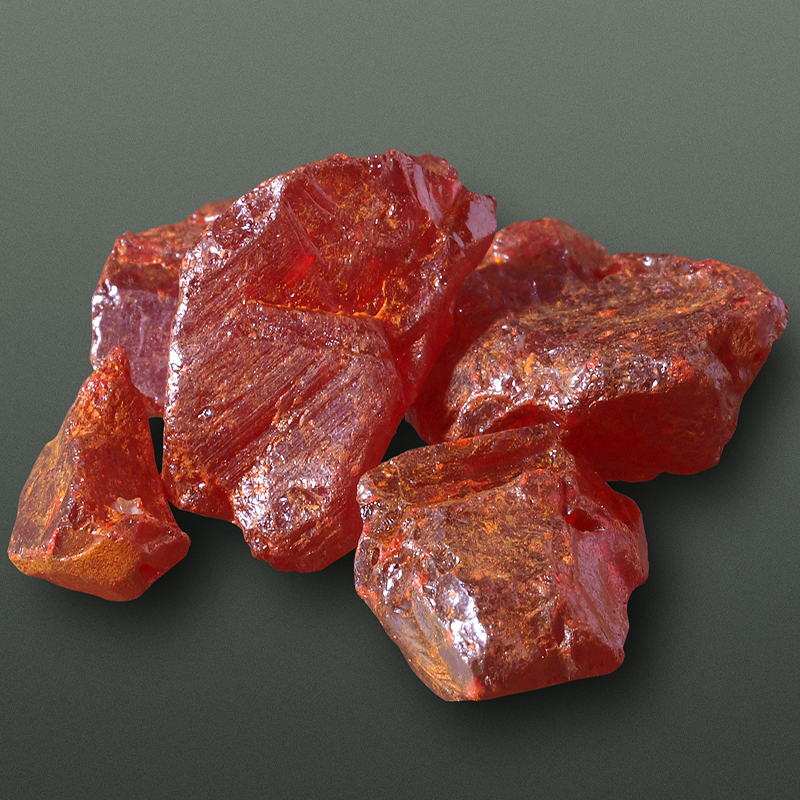Realgar pigments
 Arsenic Orange, Red orpiment, Sandarach
Arsenic Orange, Red orpiment, Sandarach
Natural pigment suitable for icon painting (egg tempera), oil painting and watercolor painting without additional grinding.
The name Realgar finds its roots in the Arabic term "rahj al ghar," translating to "powder of the mine." Latin referred to it as sandarach, while De Mayerne, in the seventeenth century, described it as "rubis d'orpiment." Pliny distinguishes red lead as "false sandarach," reserving the title of true sandarach for the rare orange-red realgar.
Realgar, a sulfide of arsenic and the first cousin of orpiment, boasts a stunning orange-red hue, complementing the yellow of orpiment with an orange-scarlet brilliance. Occurring naturally alongside orpiment in lead and silver ores, realgar was once a popular pigment for its vivid color, though perhaps less utilized than its counterpart, orpiment. Early records of its use span works of art from China, India, Central Asia, and Egypt.
Venetian specialists known as vendecolori played a pivotal role in fostering color experimentation by introducing new pigments like yellow orpiment and reddish-orange realgar, which became hallmark shades of Venetian painting. In European painting, realgar saw periodic use until the middle of the 18th century, appearing prominently in Dutch 17th-century paintings depicting bright orange flowers. Its toxicity, however, limited its application and availability.
Titian, the Venetian painter, capitalized on Venice's access to realgar, incorporating it into his palette for vibrant hues, such as the vivid orange robe of the cymbal player in Bacchus' entourage. Orpiment and realgar were frequently identified in paintings, including those by Paolo Veronese and 17th-century Dutch landscapes.
My pigment Realgar is meticulously prepared from crystals sourced from mineral deposits in Peru. Hand-selected crystals are crushed and ground in water before undergoing washing and separation through levigation.
Caution must be exercised to avoid contact with metal tools, as realgar turns black upon contact with copper and lead-containing pigments. Furthermore, it is toxic through inhalation and ingestion.
In Chinese medicine and culture, realgar holds significance as a component of white spirit or yellow rice wine, traditionally consumed during the Dragon Boat Festival. It also serves as an antidote or insecticide and was believed by ancient cultures to possess protective properties against evil and diseases when consumed as realgar liquor.

